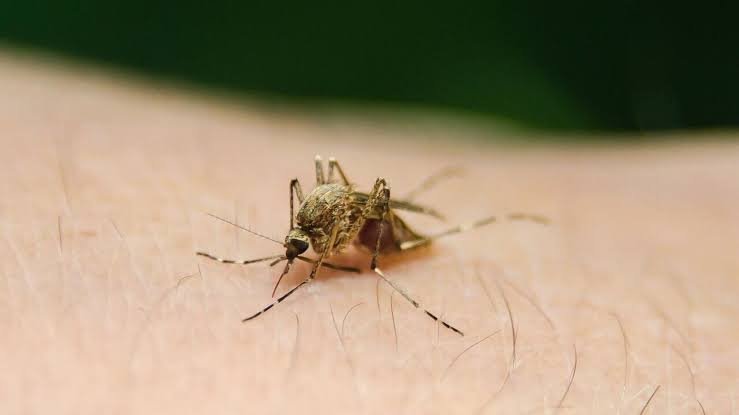
On World Malaria Day, experts shed light on the profound influence of climate change on the transmission dynamics of malaria. As temperatures rise, the malaria parasite’s development accelerates, amplifying the burden of the disease. A mere 2-3 degree Celsius increase could render an additional 700 million people vulnerable to malaria, as indicated by a 2022 Lancet study.

Dr. Manish Mittal, a Consultant Physician at Bhailal Amin General Hospital in Vadodara, underscores the role of climate shifts, particularly during the monsoon and pre-monsoon seasons, in fostering ideal breeding conditions for the Anopheles mosquito, the malaria parasite carrier. Stagnant water from fresh rainfall serves as a breeding ground, contributing to a surge in malaria cases during these periods.

Furthermore, a recent study from the University of Florida, published in Nature Communications, highlights the complex relationship between temperature and mosquito-parasite traits. While warmer temperatures may increase transmission potential in some environments, they could lead to a reduction in others. Additionally, the study suggests that parasites can develop more rapidly at cooler temperatures, challenging previous assumptions about temperature sensitivity.



